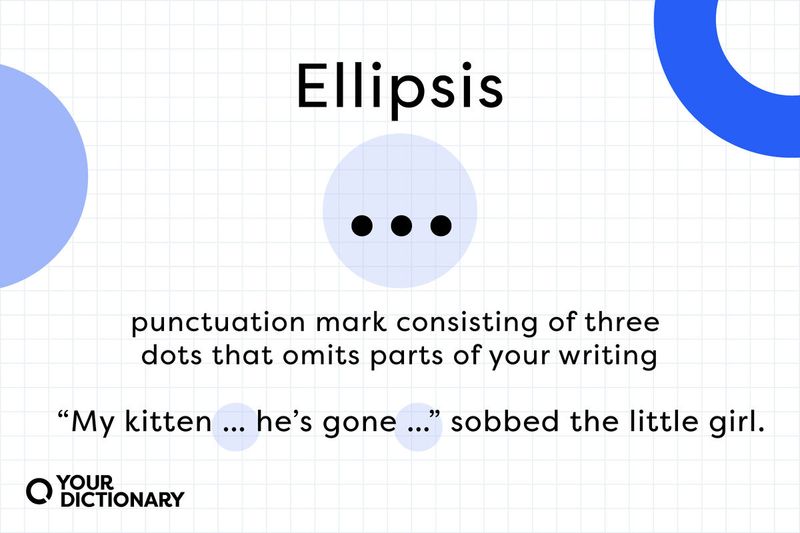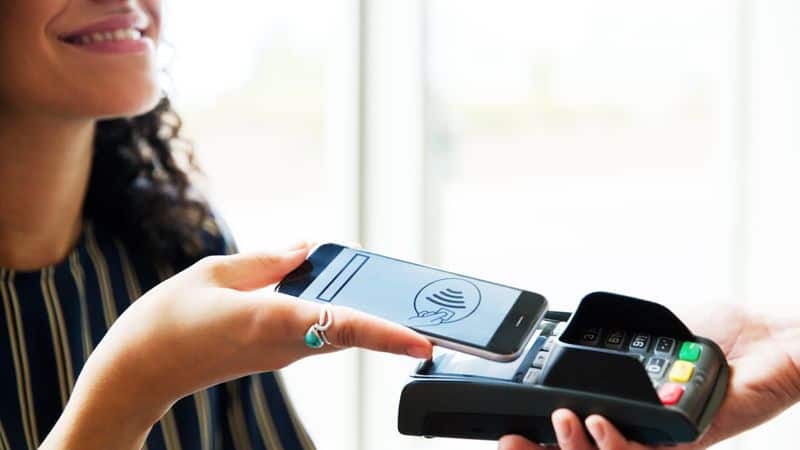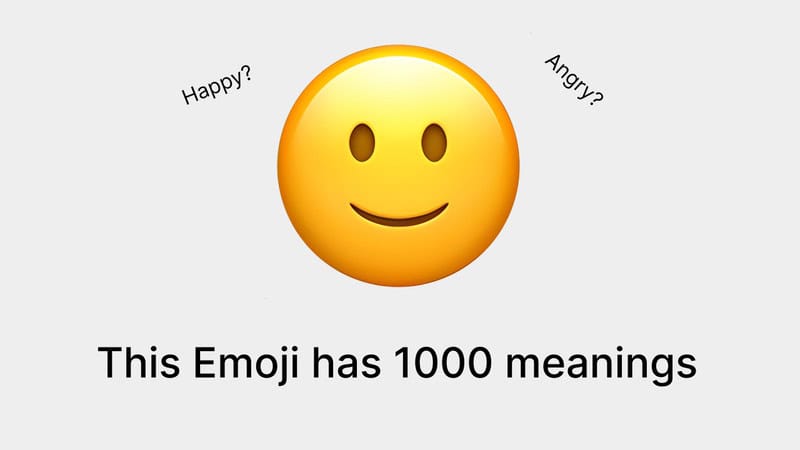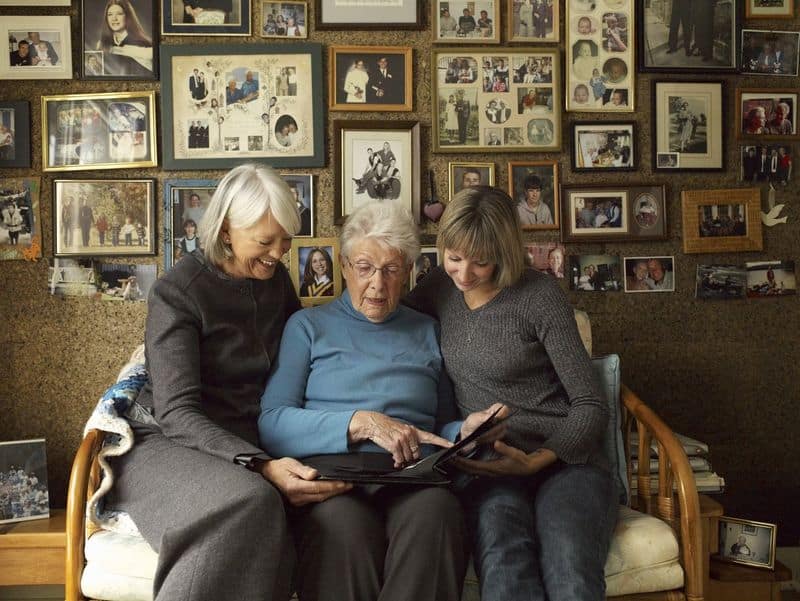In today’s rapidly changing world, generational gaps are more pronounced than ever. One of the most notable divides is between Baby Boomers and younger generations such as Millennials and Gen Z. These differences are evident in various aspects of daily life, from communication styles to attitudes towards technology and work-life balance.
While Boomers have shaped much of the modern world, their habits and preferences can sometimes clash with the values and expectations of younger people. This article explores twelve things that Boomers do which often leave younger generations feeling frustrated and misunderstood. Let’s explore these generational quirks and customs.
1. Overusing Ellipses in Texts

Boomers often use ellipses when texting, leaving younger people baffled. To them, these three dots imply an unfinished thought or confusion. This habit, common among Boomers, is seen as passive-aggressive or mysterious by younger generations. They prefer clear and direct communication.
When receiving a message full of ellipses, younger individuals might feel uneasy, unsure of the message’s true tone. This communication style, rooted in a different era, highlights the generational shift in text etiquette. Young people favor well-structured sentences, reflecting straightforwardness and clarity in interactions.
2. Using Paper Maps

Boomers often rely on paper maps during travels, much to the chagrin of younger generations. In today’s digital age, smartphones offer GPS services that are more convenient and efficient.
This reliance on paper maps may seem outdated and cumbersome to tech-savvy youth. The younger crowd prefers quick, dynamic navigation apps that provide real-time updates and traffic information.
While Boomers might enjoy the tangible feel of a map, younger people see it as an unnecessary complication in their travel plans.
3. Emphasizing Phone Calls

For many Boomers, phone calls remain the best way to connect, but this preference often puzzles younger generations. Millennials and Gen Z prefer texting or messaging apps, valuing convenience and time efficiency.
Phone calls are seen as intrusive, demanding immediate attention, while texts allow for thoughtful responses at one’s convenience.
Younger people often wonder why a quick message won’t suffice for simple communication. This difference in communication style underscores the generational gap in technology use.
4. Being Skeptical of Online Shopping

Boomers often express skepticism towards online shopping, preferring physical stores. This cautious approach stems from concerns about security and the desire to see products firsthand.
In contrast, younger generations embrace the convenience of online shopping, enjoying the ease of comparing prices and reading reviews. For them, shopping online offers a time-saving alternative to traditional retail.
This difference highlights the generational divide in adapting to digital conveniences, with younger people fully integrating them into their daily lives.
5. Clinging to Cable TV

Boomers often stick to cable TV, a preference that younger people find perplexing. Millennials and Gen Z have embraced streaming services, which offer a wide variety of content on demand.
Younger generations appreciate the flexibility and lack of commercials that streaming services provide. They find cable TV restrictive and outdated, questioning the need for scheduled programming.
This preference for cable reflects Boomers’ comfort with traditional media, while younger people seek more dynamic and personalized viewing experiences.
6. Criticizing Social Media Usage

Boomers often criticize younger generations for their social media habits, seeing it as a distraction. However, for Millennials and Gen Z, social media is a vital communication and connection tool.
Younger people use these platforms to share experiences and stay informed, while Boomers may see them as trivial. This criticism can create tension, as younger people find value and community in their online interactions.
The different perspectives on social media usage highlight the varying values and lifestyles between generations.
7. Resisting Work-from-Home

Boomers often hesitate to embrace the work-from-home model, which can frustrate younger workers. The traditional office environment is familiar to Boomers, who may question the productivity of remote work.
Millennials and Gen Z, however, see remote work as a way to achieve work-life balance and increase efficiency. They appreciate the flexibility and autonomy it offers.
This difference reflects a broader shift in work culture, with younger generations advocating for modern adaptations that Boomers may resist.
8. Preferring Cash Over Digital Payments

Boomers often prefer using cash, while younger people opt for digital payments. This preference can create friction in a world increasingly geared towards cashless transactions.
Digital payments are seen as faster and more convenient by younger generations, who enjoy the ease of managing finances through apps. Boomers, on the other hand, may feel more secure with physical currency.
This difference highlights the generational divide in financial habits, reflecting varying levels of trust and comfort with technology.
9. Avoiding Emojis in Communication

Boomers often avoid using emojis, which can make their messages seem stark to younger recipients. Emojis add nuance and sentiment to digital communication, making messages more relatable and lively.
Younger generations use emojis extensively to convey emotions and tone quickly. They find this style engaging and expressive.
The absence of emojis in Boomers’ messages can lead to misinterpretation or a lack of emotional warmth, highlighting differing communication preferences across generations.
10. Reluctance to Embrace New Technology

Boomers often show reluctance in adopting new technology, which can frustrate younger people. The rapid pace of technological advancement is embraced by Millennials and Gen Z, who are eager to explore and integrate new tools.
This reluctance can lead to misunderstandings or inefficiencies in tech-dependent situations.
Younger generations value adaptability and continuous learning, seeing technology as a means to enhance daily life. Boomers’ cautious approach may hinder their ability to fully engage with modern innovations.
11. Longing for the ‘Good Old Days’

Boomers often reminisce about the ‘good old days,’ which can puzzle younger generations. This nostalgic longing can seem dismissive of present realities to Millennials and Gen Z.
Younger people focus on current opportunities and future potential, valuing progress and innovation. They may feel Boomers’ nostalgia overlooks the challenges of past eras.
This focus on the past can create a disconnect, with younger generations striving to address contemporary issues and create a better future.
12. Being Formal in Casual Settings

Boomers often maintain formality in casual settings, which can seem out of place to younger people. Millennials and Gen Z value authenticity and comfort, preferring relaxed interactions.
Younger generations appreciate the blend of personal and professional spheres, promoting openness and approachability.
This formality can create a barrier in social interactions, with younger people seeking genuine connections that reflect their laid-back lifestyle. The generational gap in social norms is thus highlighted in these contrasting preferences.

Well, hello there!
My name is Jennifer. Besides being an orthodontist, I am a mother to 3 playful boys. In this motherhood journey, I can say I will never know everything. That’s why I always strive to read a lot, and that’s why I started writing about all the smithereens I came across so that you can have everything in one place! Enjoy and stay positive; you’ve got this!

